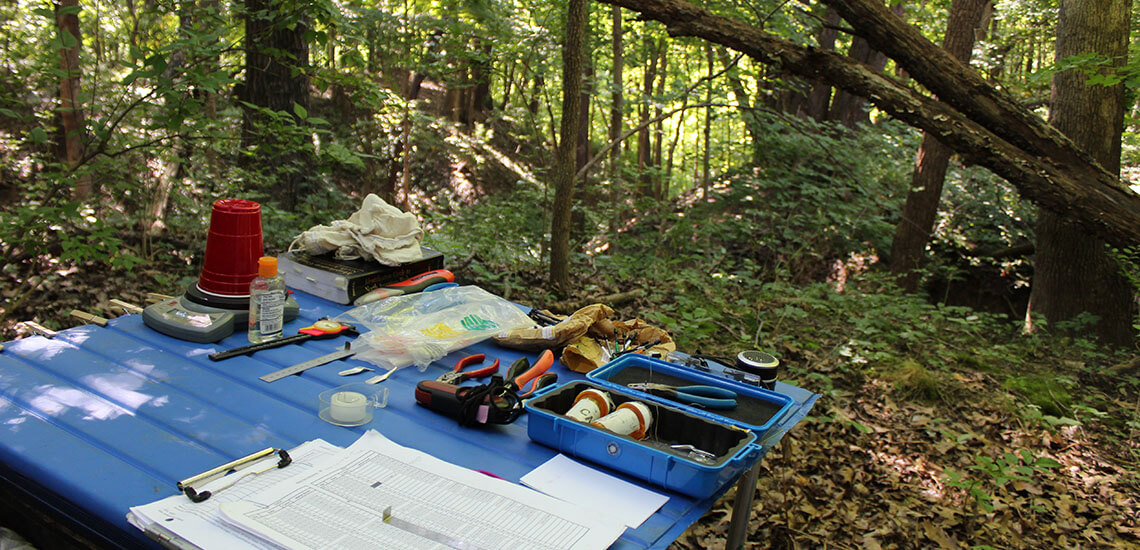
Research
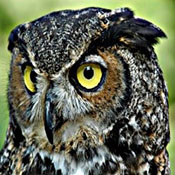
Current Research Highlights
Do birds see the world differently?
Birds are highly visual and vary a lot in their visual systems depending on the habitat they occupy, their food preferences, and their avoidance of predators. Research by Dr. Esteban Fernandez-Juricic and students has implications for making the color and shape of objects more attractive (bird feeders) or less attractive (airplanes) to birds.
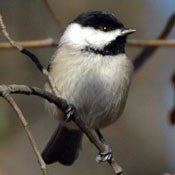
Has hearing in songbirds co-evolved with song?
We know relatively little about how birds process vocal signals. This is particularly relevant with the increasing levels of anthropogenic sources of noise. Dr. Jeffrey Lucas studies hearing in song birds, species differences, seasonal differences and sex-related differences in the processing of auditory inputs. These studies test fundamental ideas about communication and information processing that also apply to human hearing and vision systems.
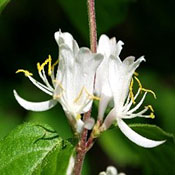
Do invasive plants inhibit native species?
Researchers from other departments also use the Reserve, including Dr. Michael Jenkins and students of Forestry and Natural Resources, who are studying the impacts of Amur honeysuckle. These research programs and others involve many undergraduate independent study and honors students. Courses like Field Ecology also generate a wide variety of research at the Reserve, including studies this year of the correspondence of whole plant communities and soils and the long-term resilience of the forest.
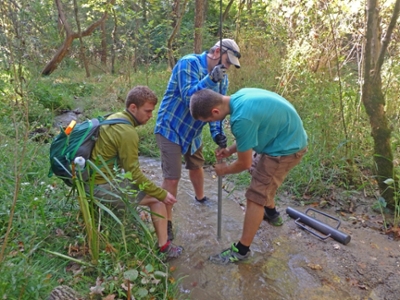 Marty D. Frisbee, Assistant Professor,Zach Meyers, PhD student and Noah Stewart-Maddox, MS student installing a mini-piezometer in the streambed at Ross Hills.
Marty D. Frisbee, Assistant Professor,Zach Meyers, PhD student and Noah Stewart-Maddox, MS student installing a mini-piezometer in the streambed at Ross Hills.
Installing a mini-piezometer in the streambed at Ross Hills.
Groundwater is a critical component of the hydrological cycle. It accounts for less than 1 percent of Earth's total water, yet it is the primary source of our drinking water and plays a critical role in the functioning of aquatic ecosystems since it supports perennial streamflow and flow from springs. However, it is very difficult to quantify groundwater/surface-water interactions in the field since these interactions are largely hidden from surface observation. Groundwater/surface-water interactions are defined as exchanges of water between groundwater (water residing beneath the water table or potentiometric surface in fully saturated porous media) and surface-water (streams, rivers, lakes, wetlands, etc). In some agriculturally modified landscapes, groundwater has been impacted by nutrient loading, by aquifer depletion due to overpumping, and by reduction of recharge due to tile-drainage. This is of special interest to Indiana sincc the Wabash River drains nearly 90 percent of the state and a large portion of the northern part of the state is tile-drained. So, the question arises, how has tile-drainage impacted groundwater/surface-water interactions in the Wabash River watershed? To address this question, Marty Frisbee (EAPS Assistant Professor of Hydrogeology) and his students began sampling streams and springs in the Ross Hills Park and Preserve beginning in the summer of 2015. The water samples were analyzed for general geochemical solutes and specific environmental isotopes (naturally- and anthropogenically-sourced isotopes such as tritium, radon-222, chlorine-36, and chlorofluorocarbons). These isotopes make exceptional tracers of groundwater. In addition, his research team installed mini-piezometers at Ross Hills Preserve beginning in Fall 2015 with the cooperation of Kerry Rabenold ( ). Mini-piezometers allow the research team to collect samples of groundwater that is discharging to streams and it also allows them to measure vertical hydraulic gradients or magnitude of the interactions. This research is ongoing, but has yielded some exciting and intriguing results about the mean residence time of groundwater in these small catchments and about the spatial variability of the interactions. The research team hopes to test the emerging conceptual model at the larger Wabash River scale.
Faculty currently doing research at the reserve:
- Esteban Fernandez-Juricic - Department of Biological Sciences
- Jeff Lucas - Department of Biological Sciences
- Catherine Searle - Department of Biological Sciences
- Rob Swihart - Department of Forestry and Natural Resources
- Marty Frisbee – Department of Earth, Atmospheric, and Planetary Sciences
- Michael Jenkins – Department of Forestry and Natural Resources